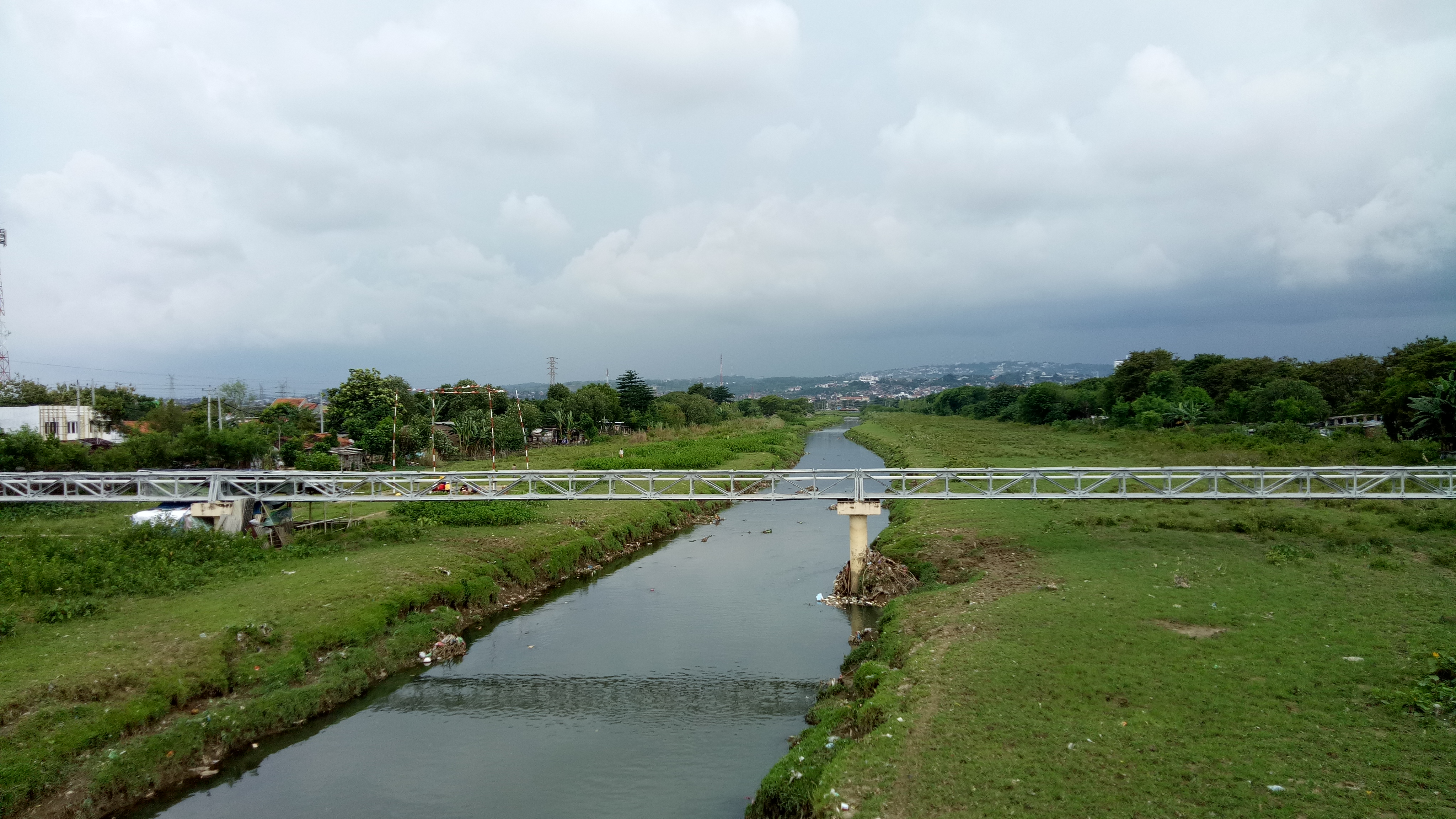Students of Diponegoro University think resilience when designing sustainable riverfront settlement
For the second time, ACCCRN and Diponegoro University are collaborating through the ACCCRN Youth Program. In this semester, the 3rd year students of Urban and Regional Planning Department are taking a studio class for urban design and development with focuses on waterfront settlement in Semarang City. ACCCRN is once again trying to promote inclusiveness and resilience thinking within the planning process.
In this studio class, the students are required to put theory into practice in planning and design so that they are prepared for a professional working environment as planners. the students are learning about the process of urban design from concept, analysis, making 3D designs, urban design guidelines, cost analysis, feasibility studies, and development management plans.
Taking Semarang City as the location, the students are exploring Banjir Kanal Timur (East Flood Canal), and identifying potentials to develop and problems to solve. The studio class is trying to design Banjir Kanal Timur to become a sustainable riverfront settlement.
During the lecture, ACCCRN emphasized that the effort to build urban climate change resilience (UCCR) is also part of the effort to move towards sustainable development. Waterfront area planning should be long-term and comprehensive. Therefore, inserting climate change resilience thinking into the planning process should help the students in designing Banjir Kanal Timur to be a sustainable riverfront settlement.
Waterfront area is a unique ecosystem with great variety of potentials but at the same time it also faces challenges of development pressure and a need for ecological preservation. With its own characteristics, a waterfront settlement also faces its own problems such as flood (flash flood and/or tidal flood), erosion, sedimentation, squatters and the occurrence of slums and, land subsidence, land ownership, and also water pollution.
The challenges in developing a waterfront settlement encompass several things. Rapid urban population growth despite a there not being enough land forces urban planners to create proper planning for land-use, human settlement, including management in disaster-prone areas.
Poor management of ecosystems is also aggravated by low awareness of environmental-friendly behavior in the community. Community development and empowerment programs are needed to support ecosystem protection in such environments.
Climate change is also seen as exacerbating the problem through such phenomena as sea level rise, increasing incidence of floods, and other climate-related disasters. An innovative climate change adaptation approach that is contextual and appropriate for the characteristics of the waterfront area and its residents should be taken into consideration in the planning and design.
After the lecture on 7 March, the students were asked to explore the identified problems in their study area. As a basis to go further in the analysis and design concept, they need to clearly understand the emerging issues there, the causes, and the efforts that have been undertaken. These kinds of information are needed so that the logic for problem solving stage will be clear and appropriate.
By the end of this semester, the students will have produced a design concept for a sustainable riverfront settlement in Banjir Kanal Timur that can be reference for other development actors.

